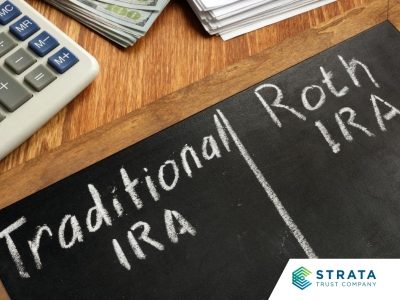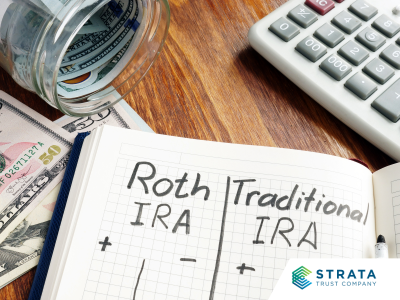Congratulations if you welcomed a new member to your family this year! Having little ones is expensive, whether you’re paying hospital bills or adoption expenses, or just keeping up with the daily necessities. If you find that you could use a little extra money after adding a child to the family, there is a new tax law for IRAs and employer-sponsored retirement plans that provides a few tax advantages for withdrawals of up to $5,000 from retirement savings. Withdrawing from your retirement savings early isn’t ideal because of the tax liability and the loss of future earnings on those savings, so you’ll want to discuss your options with a tax or financial advisor. But if you need to replace the income of a working mother during maternity leave or otherwise just need the extra help, you’ll find that taking a small amount of money for this very important reason just got a little easier.
What are the tax exceptions of taking a birth or adoption distribution from my retirement savings?
You may take money out of your IRA any time you choose. But there are tax consequences for these withdrawals. Most traditional IRA assets must be included in your taxable income in the year you take them out of the IRA. Plus, if you are younger than age 59½, you will owe a 10% early distribution tax on the taxable amount withdrawn, unless you meet an exception to this “penalty” tax. If you are eligible to take a birth or adoption distribution, you will receive the following advantages:
1. Exception to 10% early distribution tax – A qualified birth or adoption distribution is an exception to the additional 10% tax that applies when an individual younger than age 59½ takes a taxable distribution of their retirement savings. You will generally still have to count the withdrawal as taxable income, but there is no penalty for taking the money out before you reach retirement age.
2. Early access to employer retirement plans – A qualified birth or adoption distribution may be taken from an employer-sponsored retirement plan, like a 401(k) plan. If your employer’s plan allows these types of distributions, you will be able to access your plan account while you are still working for your employer (when you otherwise wouldn’t be eligible to take money out of the plan). Even if an employer plan does not allow for these types of distributions, if you are otherwise eligible to withdraw your savings from the plan (for example, you no longer work for that employer), you may still take advantage of the exception to the early distribution tax when you file your income tax return for the year.
3. No withholding – This type of distribution is an exception to the mandatory 20% federal income tax withholding that applies to a retirement plan distribution that is paid to you rather than being rolled over to another retirement plan. (You may always waive federal withholding on an IRA withdrawal.)
4. Option to repay distribution – You may repay these distributions to an IRA or retirement plan, so you can replace your retirement savings when you are able. You may want to check with the plan administrator to make sure it will allow you to recontribute the distribution into the employer-sponsored plan, but even if it that is not an option, you may always repay an IRA or retirement plan distribution to your IRA.
Who may take a birth or adoption distribution?
Each parent or legal guardian of a child may take a qualified birth or adoption distribution from their own IRA or retirement plan. In the case of adoption, the child cannot be the spouse’s child. Also, the child must be younger than age 18 unless he or she has special needs that render them physically or mentally incapable of self-support.
To claim the tax relief on your income tax return for the year of distribution, you must include the child’s name, age, and tax identification number.
How much can be taken in a childbirth or adoption distribution?
Each parent may take up to $5,000 per child. Although you can tap into one or more IRAs or retirement plans, the total of all distributions cannot exceed $5,000. Because each parent may take up to $5,000, a total of $10,000 may be taken per child. If a couple gives birth to or adopts twins and both parents withdraw the maximum permitted under this provision, they may withdraw $20,000 for the birth or adoption event of the two children.
When can I take a birth or adoption distribution that will qualify for the tax relief?
These distributions are available beginning in 2020. This is a permanent change in the tax laws, so these types of distributions will be available in future years. If you take a birth or adoption distribution, however, you must take it within one year following the date of birth or the date the adoption is final.
What is the deadline for paying back the distribution?
Currently, there is no deadline to repay the distribution. But the IRS has indicated it may issue rules related to the timing of repayments in the future.
For More Information
Consult your tax advisor if you’re thinking of taking an IRA or retirement plan distribution following the birth or adoption of a child to make sure you are eligible for the tax relief.










